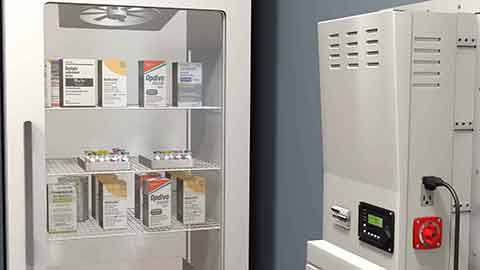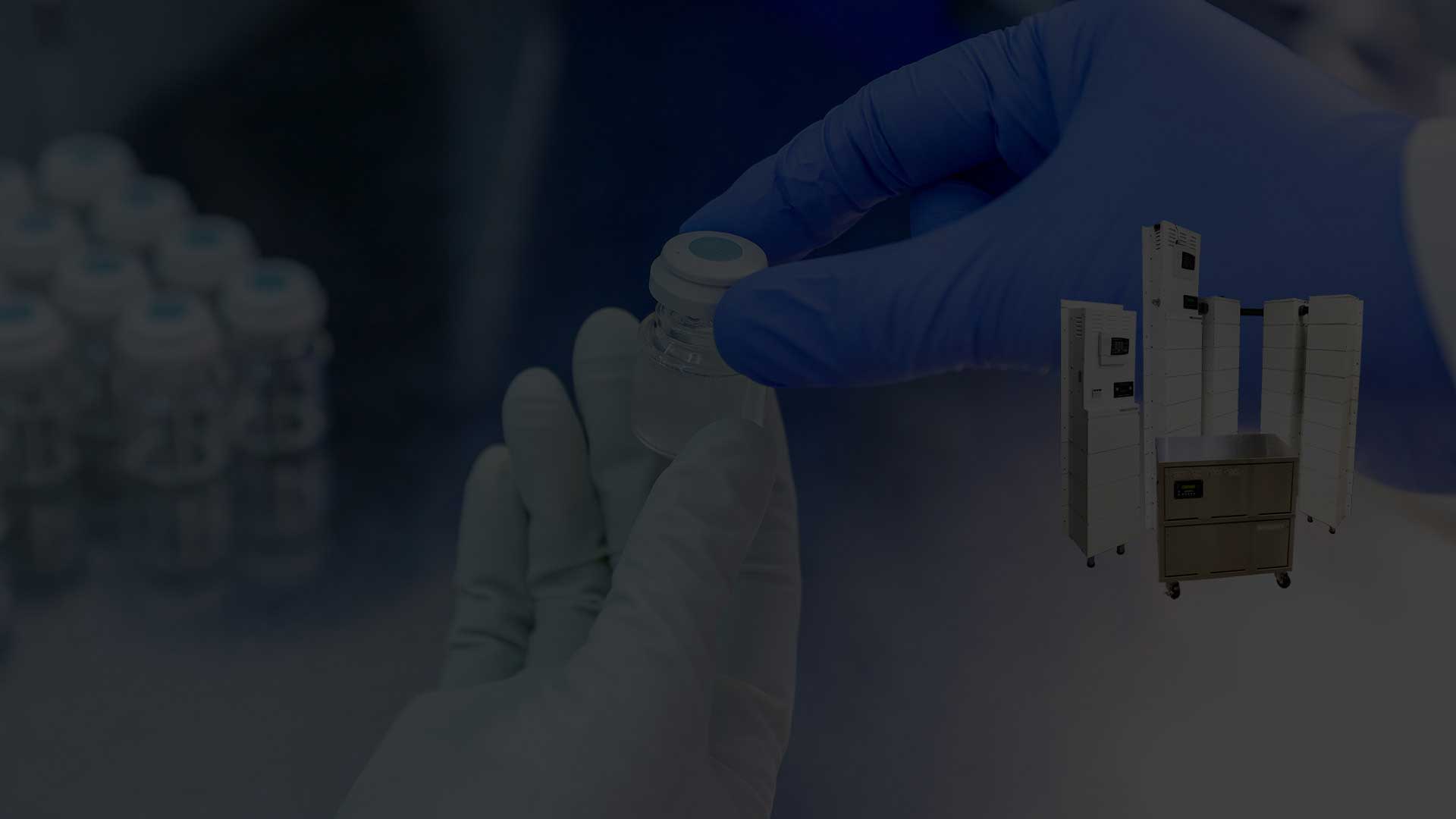What You Need to Know About Avanza's Latest ASC Consulting Report
The last few years have posed incredible challenges across the health care spectrum from restrictions on elective surgeries for outpatient surgery centers and staffing shortages, to renewed focus on cold chain management and new vaccine storage standards. While very clear that everything previously known has changed —some of it for good. But, by just how much has it exactly?
For the owners, operators, and employees of ambulatory surgery centers we now know a bit more. Avanza, an ASC consulting firm, recently released their report titled “2022 Key ASC Benchmarks and Industry Figures”, detailing the most up-to-date figures, financials, and statistics surrounding the ASC industry. Among these highlights include the fact that median supply costs are now closing in on 28 percent of net revenue.
Where is your surgery center located? According to the data, 95 percent of surgery centers are in urban areas, so probably near or in a major city. Your patients will easily be able to find one now too, since the total number of ambulatory surgery centers in the US now totals over 6,000.
While not a perfect representation —no data set is— Avanza states that the usefulness of their figures lies in their ability to be used as a benchmark which you can use to compare with your own facility. However they do mention that you should keep in mind how your own facilities’ unique factors may cause slight deviations from the data.
However, a deep dive into their report has left us with some key takeaways, and how it can help with your ASC development…
What Size is the Average Ambulatory Surgery Center?
The Average Ambulatory Surgery Center is Physician Owned and only has 1 or 2 rooms. 60 percent of ASCs are solely physician owned and over half—54 percent— are composed of only 1 or 2 operating rooms. While lots of talk is often centered around large, corporate-owned ASCs and what they’re currently doing in the industry—solely corporate owned ASCs only comprised a measly 5 percent of facilities and so-called “mega” sized facilities (7 or more operating rooms) comprise only 6 percent of total facilities.
As the owners/operators of ASCs are aware, the industry still is very much a collection of small, mom-and-pop shops making up its backbone and providing patients with the highest quality care and attention to safety they are looking for.
What is the Fastest Growing Medical Specialty?
Cardiology is the Fastest Growing ASC Specialty. According to the US Centers for Disease Control and Prevention (CDC) heart disease is still the leading cause of death in the United States. This makes it wholly unsurprising that in concert with an aging population and proliferation of ailments not requiring hospitalization, cardiology would sit atop the fastest-growing specialties in ambulatory surgery centers.
The aging population is an especially key factor not because our hearts needing increased medical attention as we age (though, we do), but because cardiology is also among the specialties receiving the highest estimated increases in Medicare payouts in 2022—along with the musculoskeletal and urology specialties.
On average, however, cardiology did not provide the highest revenues per case among listed specialties. Sports Orthopedics by far provided the most revenue per case —$3764— of all, surpassing the 2nd highest, gynecology —$2,933 —by over 28%. Musculoskeletal, previously mentioned as receiving one of the highest boosts to Medicare payouts, was not on this list. However also mentioned, Urology, was on the list averaging $2,483 per case—a very similar amount to the $2,458 earned on average for general surgeries.
How Many Procedures Do Ambulatory Surgery Centers Perform Annually?
Avanza’s data segments itself in quite a helpful way when trying to parse certain surgical services. It lists both the number average of surgical cases per operating room AND average number of procedures per procedure room—rightfully making a distinction between the two as the amount of prep time differs substantially in smaller practices and significantly alters turnover times.
The median number of surgical cases per operating room was 1,104, while the number of procedures performed per procedure room was 1,357, or 23 percent more over usage of the course of a year’s time.
Among listed median numbers of procedures for specific specialties were — Orthopedic cases (800), Ophthalmology (1,400) and Gastroenterology (1,500). These numbers suggest a direct connection between the number of cases seen per year and the revenue per case numbers. Both Gastroenterology ($800) and Ophthalmology ($1,442) were among the 3 lowest listed specialties on a per case revenue basis, however their volumes result in an expected median gross revenue of 1.2 million and 2.0 million dollars per year, respectively.
Orthopedics lower volume is entirely offset by (or perhaps is the reasoning behind) its higher per-case revenue, resulting in a median average gross revenue of over 3 million dollars per year.
How Can I Help Protect My ASC’s Financials?
One of the most shocking numbers to be found—mentioned in the beginning— in Avanza’s study are supply costs accounting for nearly 28 percent of net revenue. With inflation in the United States reaching over 7 percent year-over-year at time of writing, surgery centers across the country can certainly expect and should prepare for this number to increase in the coming months.
With price increases expected across the board, taking the necessary steps to protect the most valuable assets your facility has is the smartest way to prevent the sudden need to tap into smaller and smaller on-hand cash and credit reserves.
With many common vaccines now reaching over $250 a dose, formerly common pharmaceuticals now being in short supply, and material shortages causing heavy equipment scarcities, ensuring the full operation of your appliances to protect this increasingly valuable stock is an essential practice.
Instant, state of the art, yet cost-effective backup power can provide the safety net you need in a power outage scenario to bring your patients to a safe, stable place while also protecting your most valuable pharmaceutical and biomedical assets without the need to divert your focus —leaving you to do your most important work.
With the average customer experiencing over 8 hours of power loss per year in the US —and increasing— now is the perfect time to look into a battery backup power solution for your facility. They can provide as much power as necessary, are offered in multiple configurations and are quick and easy to set up—fitting the needs of your facility, while helping to meet or maintain a multitude of accreditation requirements.
If just 8 hours can make or break your facility, taking the necessary steps to prevent that is the wisest financial move you can make.


